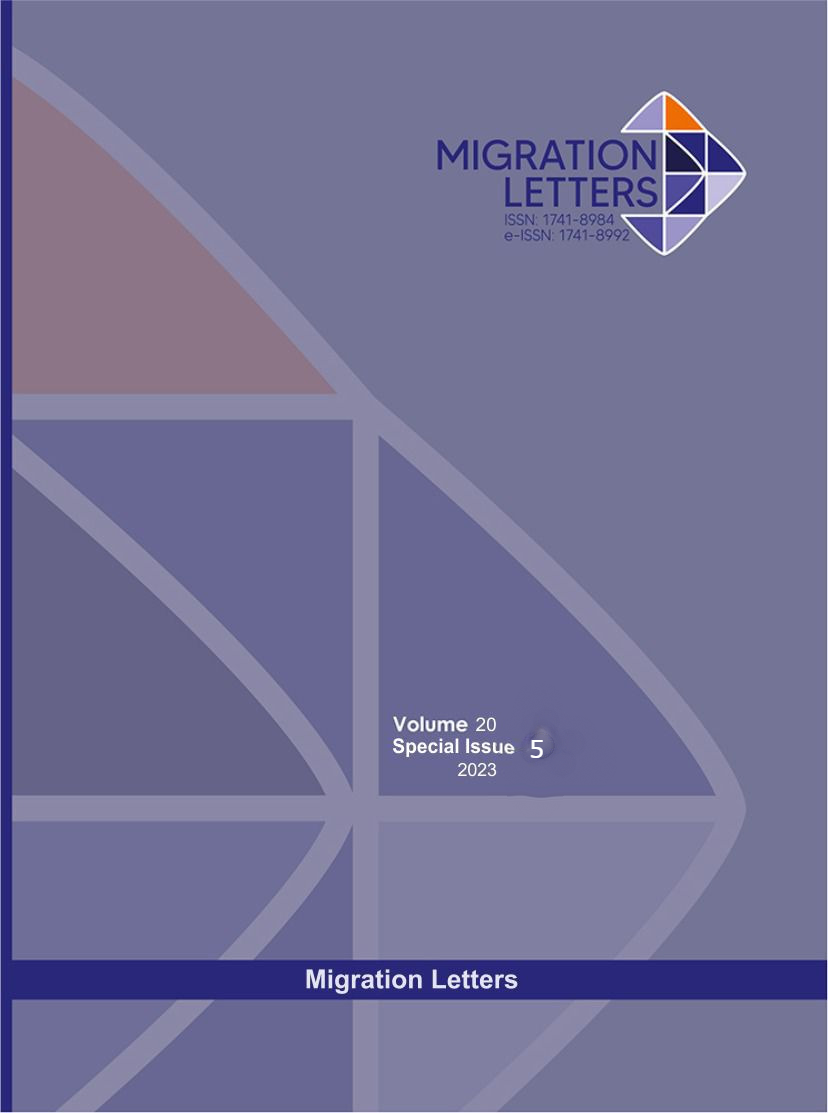Commercial Practices in the Umayyad Era
DOI:
https://doi.org/10.59670/ml.v20iS5.3969Abstract
The Islamic economic approach encourages honest and fair trade while condemning deceit and fraud transactions. In this study, we will focus on the methods of commercial transactions during the Umayyad era by examining practices such as barter and the use of various currencies before and after the advent of Islam. These currencies include the dinar, dirham, falus, collateral, and their terms, as well as financial guarantees.
Barter was one of the primary financial transactions and continued to be used even after the introduction of currency in transactions alongside physical currencies. Barter was employed as one of the exchange methods in several countries and collateral was a legitimate financial transaction within the framework of Islamic economic principles. Similarly, financial guarantees involve pledging assets and transferring the debt from the guaranteed party to the guarantor. The guaranteed party could only demand payment from the guarantor, and if the guarantee was unconditional, the guarantor could claim it at any time or upon maturity.
Cash transactions are one of the most common and significant trade methods, involving the exchange of cash for goods and services. Each country had its own currency that traders and others used for transactions, including Persian and Byzantine currencies. However, Islamic coinage emerged during the Umayyad era and became the state's official currency.
Metrics
Downloads
Published
How to Cite
Issue
Section
License

This work is licensed under a Creative Commons Attribution-NonCommercial-NoDerivatives 4.0 International License.
CC Attribution-NonCommercial-NoDerivatives 4.0






